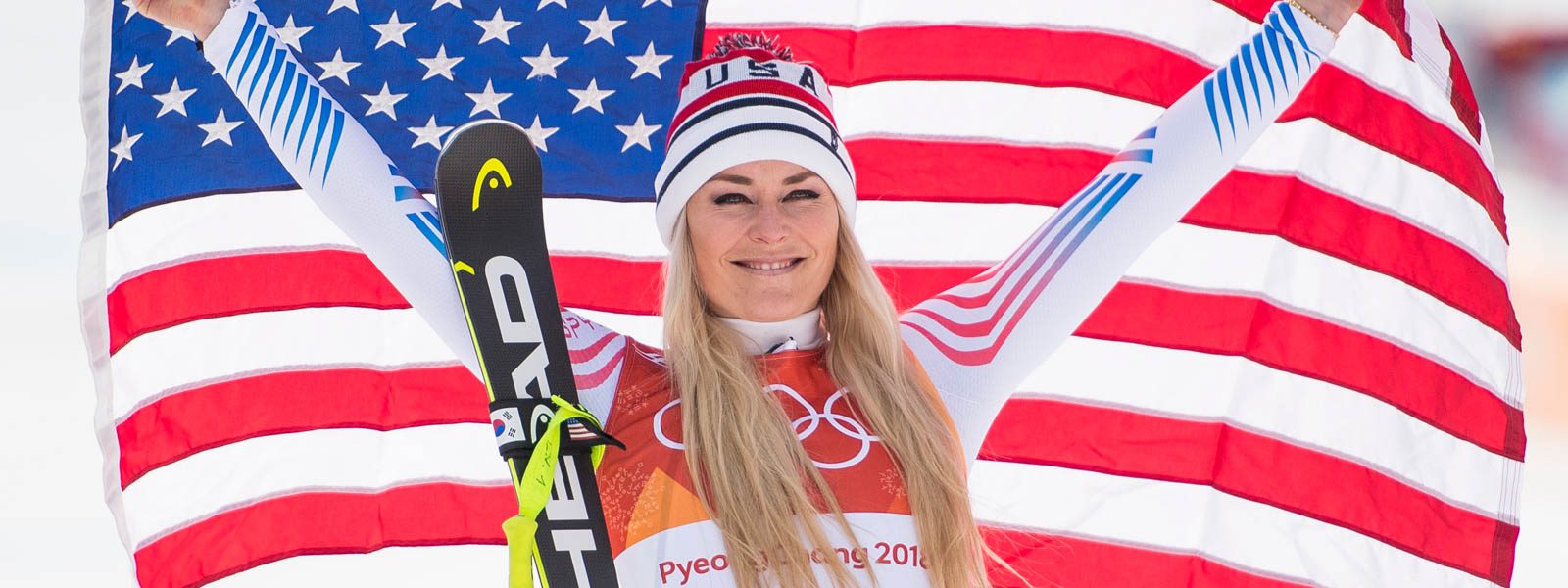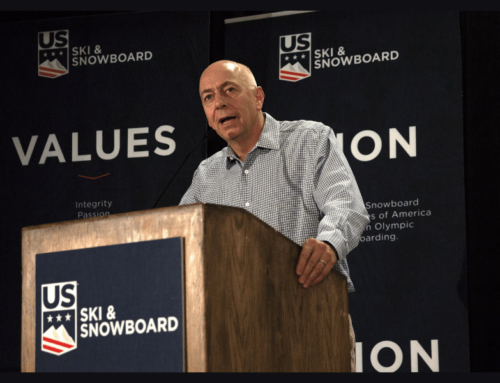Update on the issue in the East
 Will sentiment and money worries lead Vermont and New York away from USSA in the critical formative development area of the U14 and below age groups?
Will sentiment and money worries lead Vermont and New York away from USSA in the critical formative development area of the U14 and below age groups?
Vermont and New York recently agreed to continue looking into the possibility (feasibility study) of driving their own youth development programs separate of a national overseer. Given the structure of the Eastern Division, with its own series of 501(c)(3) foundations, that is a reasonable avenue for exploration. Proponents say separation from USSA could actually simplify the competition structure making better sense to parents of young skiers joining a racing program.
Seemingly, the East looks like the tail that wags the USSA dog. The division contributes more than half of the national organization’s alpine members. Vermont alone has nearly the same numbers as the entire Rocky Mountain Division. New Hampshire is just 100 members less than Vermont. New York, third ranked on this scale is larger than the Intermountain Division, the biggest membership contributor in the western region.
This size means that the East also deals with itself to a large extent. There are state-wide alpine racing associations in Maine, New Hampshire, Vermont, New York, New Jersey and Pennsylvania with the southern states adding another association and Tri-State – encompassing Massachusetts, Connecticut and Rhode Island – an eighth. In addition Vermont is broken into three geographical zones, New York into five Councils and Pennsylvania into four regions. It is a complex governance structure.
While Vermont and New York are considering separating youth development from USSA, they are not considering leaving the national governing body all together.
“I don’t know of anyone who was proposing dropping out of USSA,” said the Alpine Competition Committee Chair Connie Webster of New York.
Vermont Alpine Racing Association President Tao Smith said, “No body in the state of Vermont has advocated that we leave USSA or separate from them.”
In answer to some the eastern concerns USSA has stepped up efforts to satisfy those areas identified as needing attention. National Alpine Director Patrick Riml has been advocating additional staffing for the region, stressing that those appointed need to add quality
“They (USSA) are delivering what we have asked for in support positions to date, and more,” wrote New Hampshire’s representative to the Eastern Alpine Competition Committee Andrew Gannon in his report to his state organization.
“I believe USSA has made some very positive strides in last six to eight months,” said Smith, “the McKinsey study being one of them; appointing Marty (Guyer) as coach, allocating more resources to the Eastern office. These are all good things, and things we’ve been asking for years and hadn’t seen any movement on until this winter.”
“We want to see more grassroots club support, better coaches education, more projects for youth in the East, including athletes in Vermont,” said Smith. “It’s hard for us to accomplish these goals with the limited resources we have. We’re huge. We’re that big. Club level development is really what’s lacking.”
“USSA has taken many strides to address YOUR concerns,” wrote Gannon, “and I firmly believe they are doing a good job. It is up to us to stay ahead of the “pace” and do more internally as a group.
Those with history in the sport maintain there is a cyclical pattern in the thinking behind developing young athletes to evolve to the World Cup. No one can contest the US Ski Team hasn’t produced recent results: Lindsey Vonn is closing in on the all time World Cup women’s win record and won her sixth straight downhill title while missing the final two races. Ted Ligety won his fourth GS title and a set a modern era record three gold medals at the World Championships. The women’s speed team won the Nations Cup in downhill with its top skier sidelined during the season. And Mikaela Shiffrin emerged as a legitimate super star of the sport with dramatic slalom wins at the World Championships and at World Cup finals to secure her first globe. That’s getting close to the “Best in the World” motto the team has sported and it was accomplished with the great Bode Miller, a ski racer of unparalleled adaptive abilities, on the injury list.
At the club level, however, it continues to be a struggle to first attract more young skiers and second to keep them involved to the elite level. Funding, a problem nationally, raises further concerns. USSA is countering that problem with the hiring of a Club Director (Brian Krill) who will be charged with delivering service to athletes and parents and overseeing the Club Development Program. The Eastern Director will be Eric Harlow, most recently of Burke Mountain Academy, with previous stints at Stratton and Rowmark.
Bear Bryant, a fixture of the American ski racing scene, the competition director at Sunday River, and the start official at Beaver Creek’s Birds of Prey races posted “be careful what you wish for,” after Ski Racing’s story about the East considering separating the youth program from the national system.
“I first paid dues in 1948,” says Barry “Bear” Bryant. “I’ve seen it all before. It’s cyclical.”
“It’s all about the athletes,” said Bryant, who will receive the Julius Blengen Award, USSA’s highest volunteer honor at the upcoming USSA convention, “We need to have our second level able to compete at the World Cup level.”





















